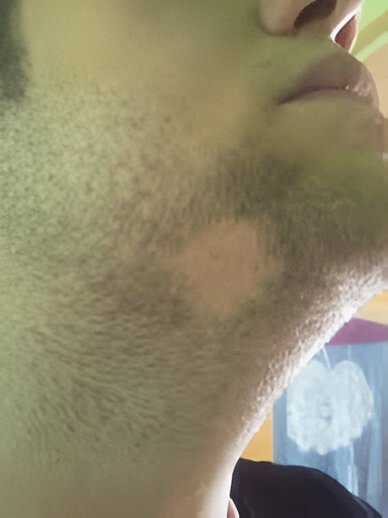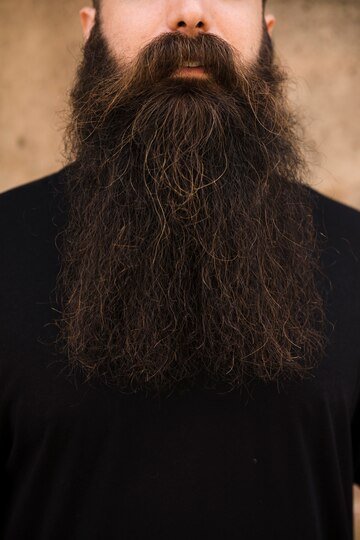If you’re noticing gaps in your beard, you’re not alone. You may find a gap in the middle of your cheek’s beard or where it meets your mustache or hairline. A lot of people experience these gaps. Some might naturally have a beard that connects perfectly, but for many men, it’s a bit more challenging. Gaps in your beard can be frustrating, especially when you’re aiming for a thick and even appearance.
The good news is that there are ways to improve the look of your beard, even if it doesn’t naturally connect. You might employ a few techniques to enhance its overall appearance. From simple grooming techniques to lifestyle changes and specific beard care products, there are ways to fill in those gaps and create a more cohesive and full appearance. In this post, I’ll share some tips and techniques that can help fill in those gaps and give your beard a fuller, more connected appearance.
Table of Contents
Toggle
What Causes Beard Gaps?
Beard gaps can be frustrating, especially when you’re aiming for a full and even look. There are several factors which can cause these gaps. Understanding them can help you manage and improve your beard’s appearance.
Genetics
One of the most common reasons for beard gaps is genetics. There’s a strong probability that you will have sparse or a beard gap if men in your family do. Your beard’s growth pattern, thickness, and overall density are often inherited, so if your father or grandfather had a non-connected beard, you might too.
Age
Age is another key factor. Younger men, especially those in their teens or early twenties, often don’t have fully developed beards. As you get older, particularly in your late twenties to early thirties, your beard may fill in more completely.
Hormonal Imbalances
Hormonal imbalances can also play a role. Testosterone and its byproduct, DHT, are responsible for facial hair growth. If your beard follicles aren’t sensitive enough to these hormones, your beard might not grow as thick or as evenly as you’d like.
Alopecia Barbae
Another potential cause is alopecia barbae. It is an autoimmune condition that specifically targets the hair follicles in your beard which lead to smooth, round bald patches. This condition can be linked to other autoimmune diseases, such as thyroid disorders or type 1 diabetes.
Other Reasons
Other factors, like stress, lack of sleep, certain medications, and even fungal infections, can also contribute to patchy beard growth. Understanding these causes can help you take steps to improve your beard’s appearance and manage any gaps effectively.
Tips to Help Your Beard Connect
Before exploring specific methods to help your beard connect, it’s important to understand that achieving a fully connected beard takes time and some trial and error. Here are some practical tips that can make a difference in closing those gaps.
Give It Time
Sometimes, the best solution is patience. If your beard isn’t connecting yet, it might just need more time to fill in. Hair grows at different rates, so areas that seem sparse now may eventually catch up.
Shape Your Beard
The way you shape and style your beard can make a big difference in how gaps appear. For example, growing your mustache longer can help cover gaps around the lips, and allowing your sideburns to grow out can help bridge the gap between your beard and hairline.
Try a Skin Fade
If the connection between your beard and hairline is weak, consider a skin fade hairstyle. By gradually tapering the hair down to the skin, this style can create a seamless transition that makes gaps less noticeable.
Use a Derma Roller
Derma rollers, with tiny needles, can stimulate the skin and promote hair growth. This method can be helpful in encouraging hair growth in areas where your beard is thin or patchy. However, try to be careful if you have sensitive skin because it might cause irritation.
Consider Supplements
Adding certain vitamins and minerals to your diet may support better hair growth. Supplements like Biotin, Vitamin A, Vitamin B5, Vitamin C, Potassium, and Zinc are known to promote healthy hair growth. But if you think of taking any new supplements, then you should always consult with a doctor.
Explore Different Beard Styles
If connecting your beard seems challenging, try a different style that doesn’t require full connection. A goatee or Van Dyke, for example, focuses on the mustache and chin, making gaps irrelevant.
Adjust Your Hairstyle
Growing your hair or sideburns longer can help cover gaps in your beard. By letting your hair drape over the problem areas, you can create a more cohesive look.



